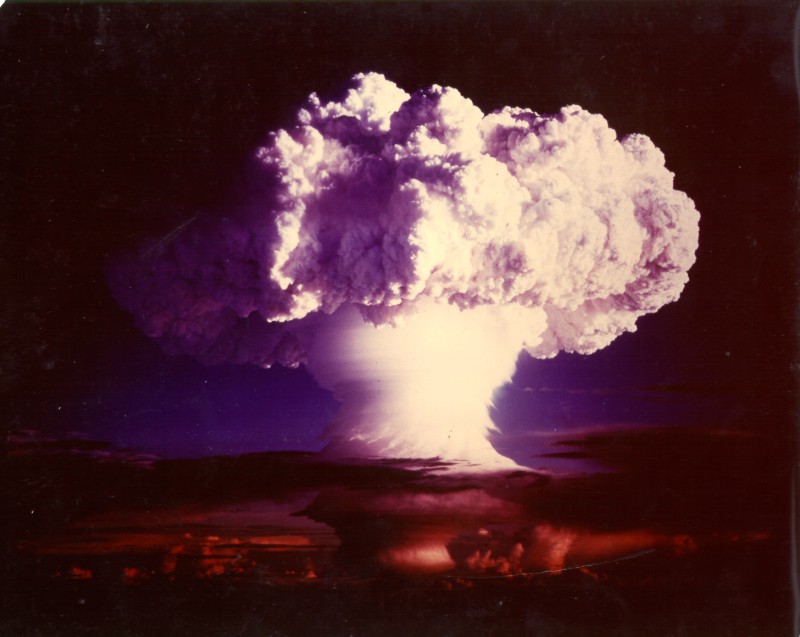Video: 'Operation IVY MIKE 1952'
(Saturday, November 1, 1952, 7:15 a.m. local time/Friday, October 31, 1952, at 7:15 p.m. Greenwich Mean Time; during the Cold War) — The United States exploded the world’s first hydrogen bomb, code-named “Ivy Mike,” the first full-scale test of a thermonuclear device, today on the island of Elugelab in Enewetak Atoll in the now independent island nation of the Marshall Islands in the South Pacific.
It was the first full test of the Teller–Ulam design, a staged fusion device. The detonation resulted in a massive explosion, equivalent to 10.4 Megatons of TNT.
Due to its physical size and fusion fuel type (cryogenic liquid deuterium), the “Mike” device was not suitable for use as a deliverable weapon. It was intended as a “technically conservative” proof of concept experiment to validate the concepts used for multi-megaton detonations.
As a result of the collection of samples from the explosion by U.S. Air Force pilots, scientists found traces of the isotopes plutonium-246 and plutonium-244 and confirmed the existence of the predicted but undiscovered elements einsteinium and fermium.

